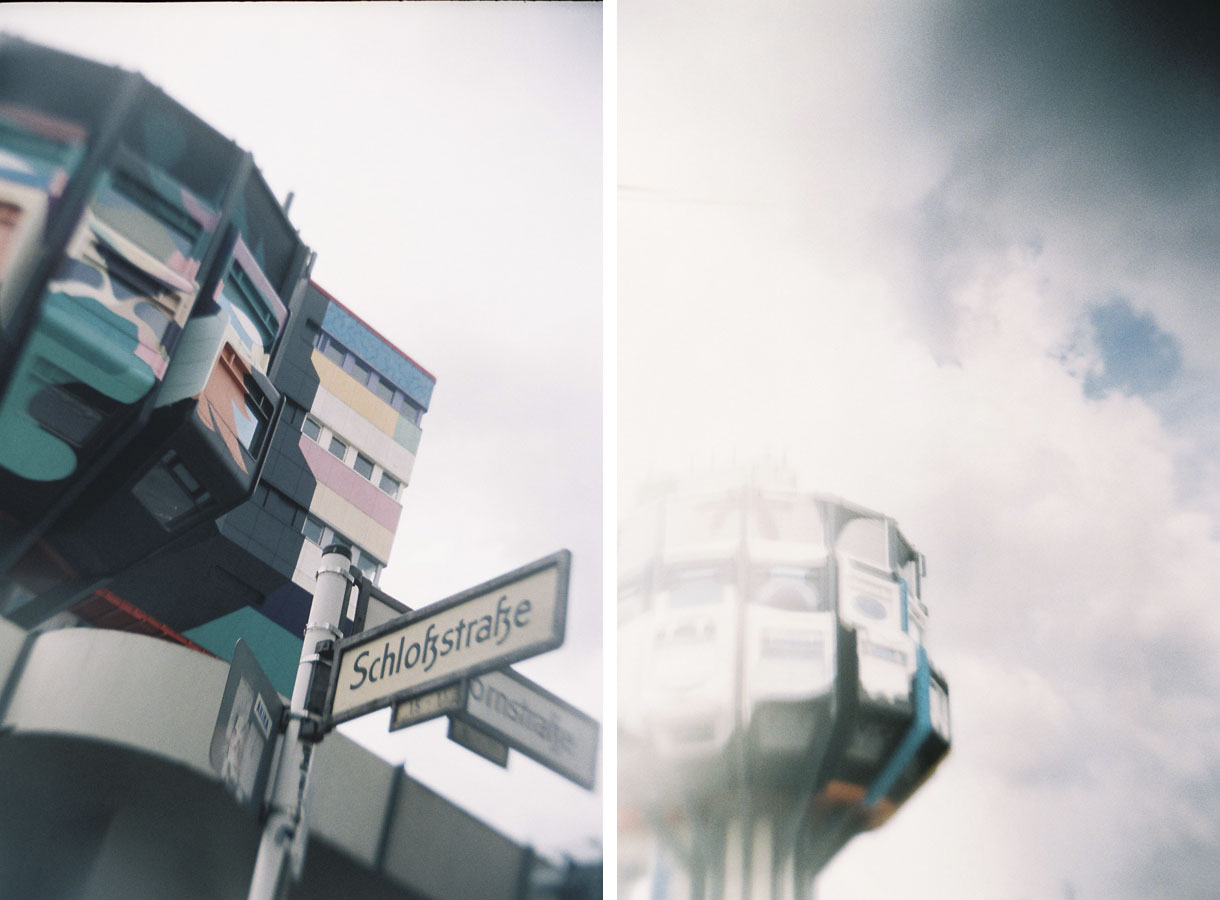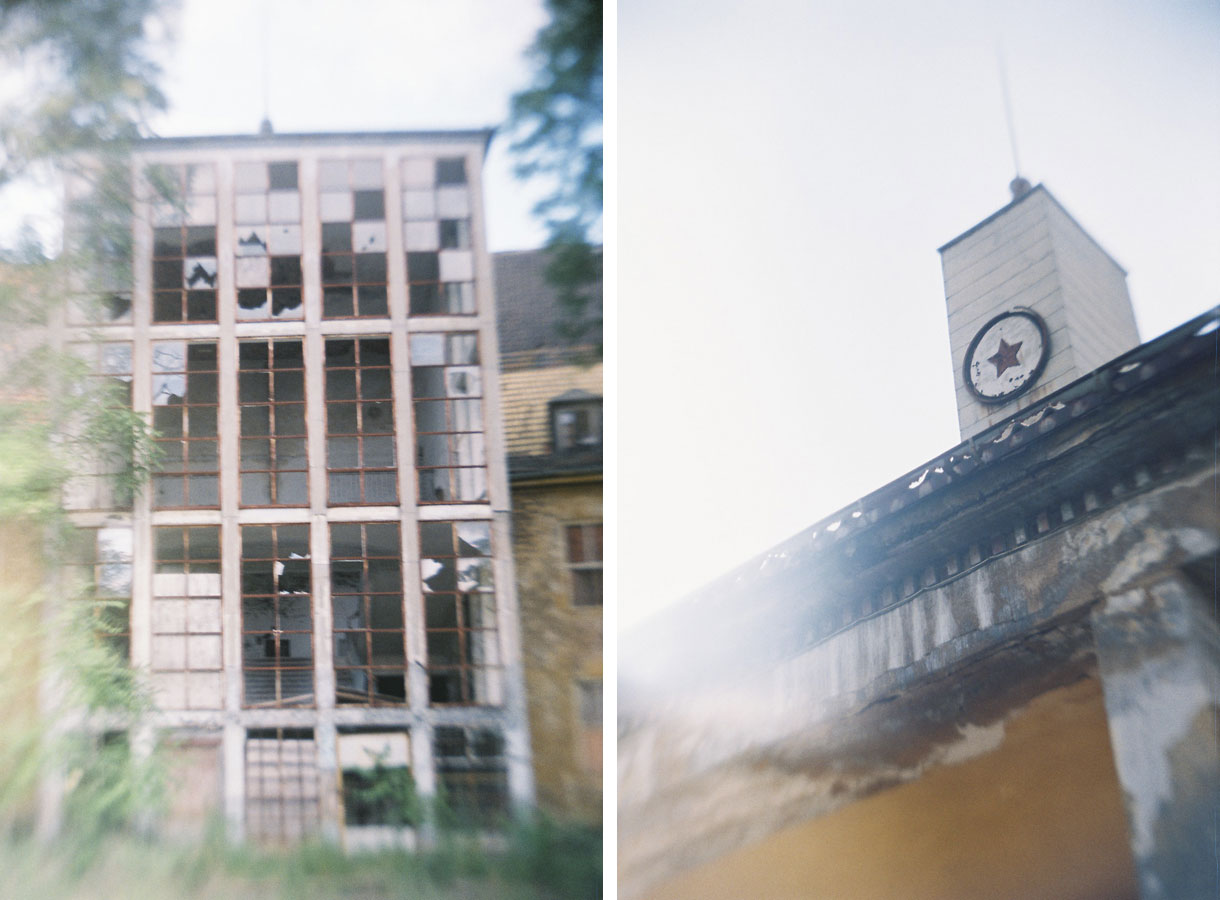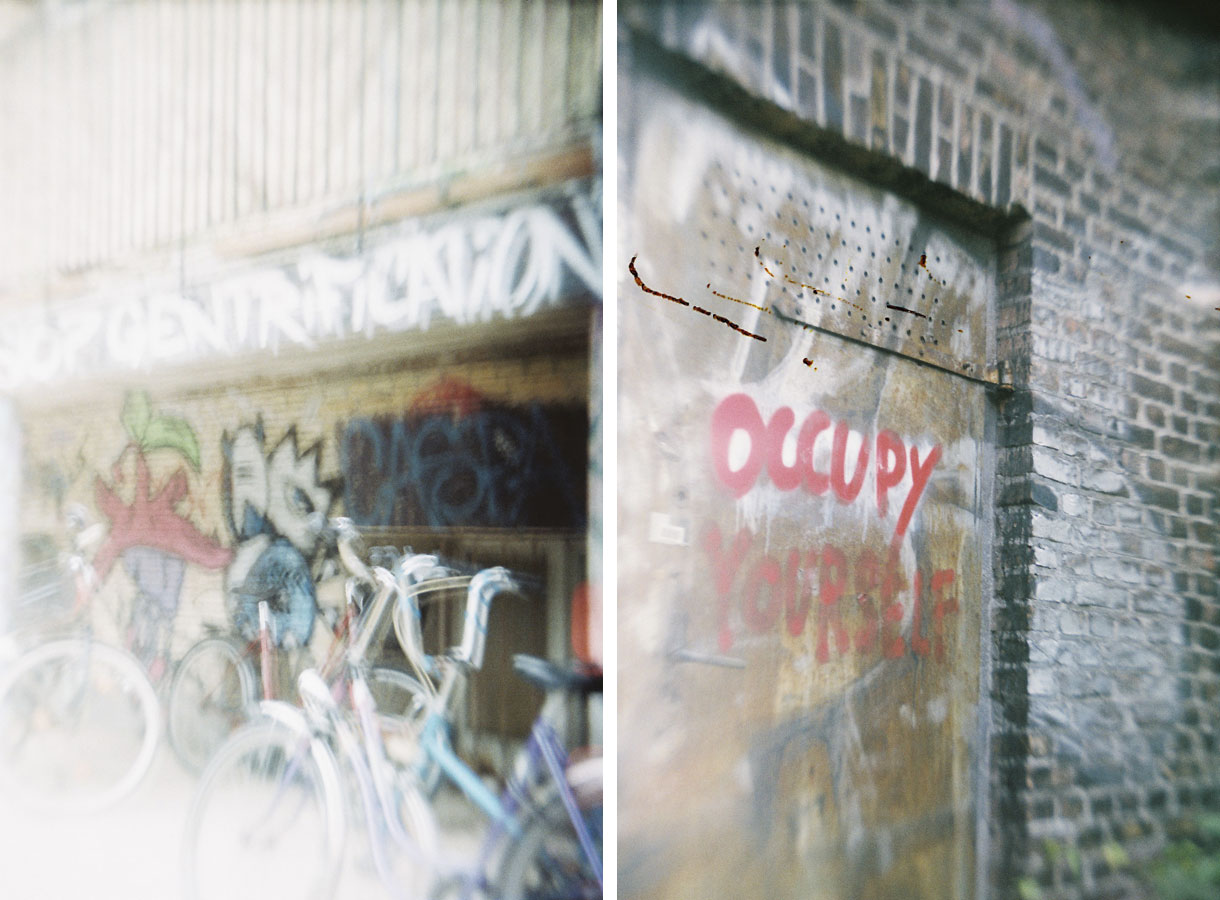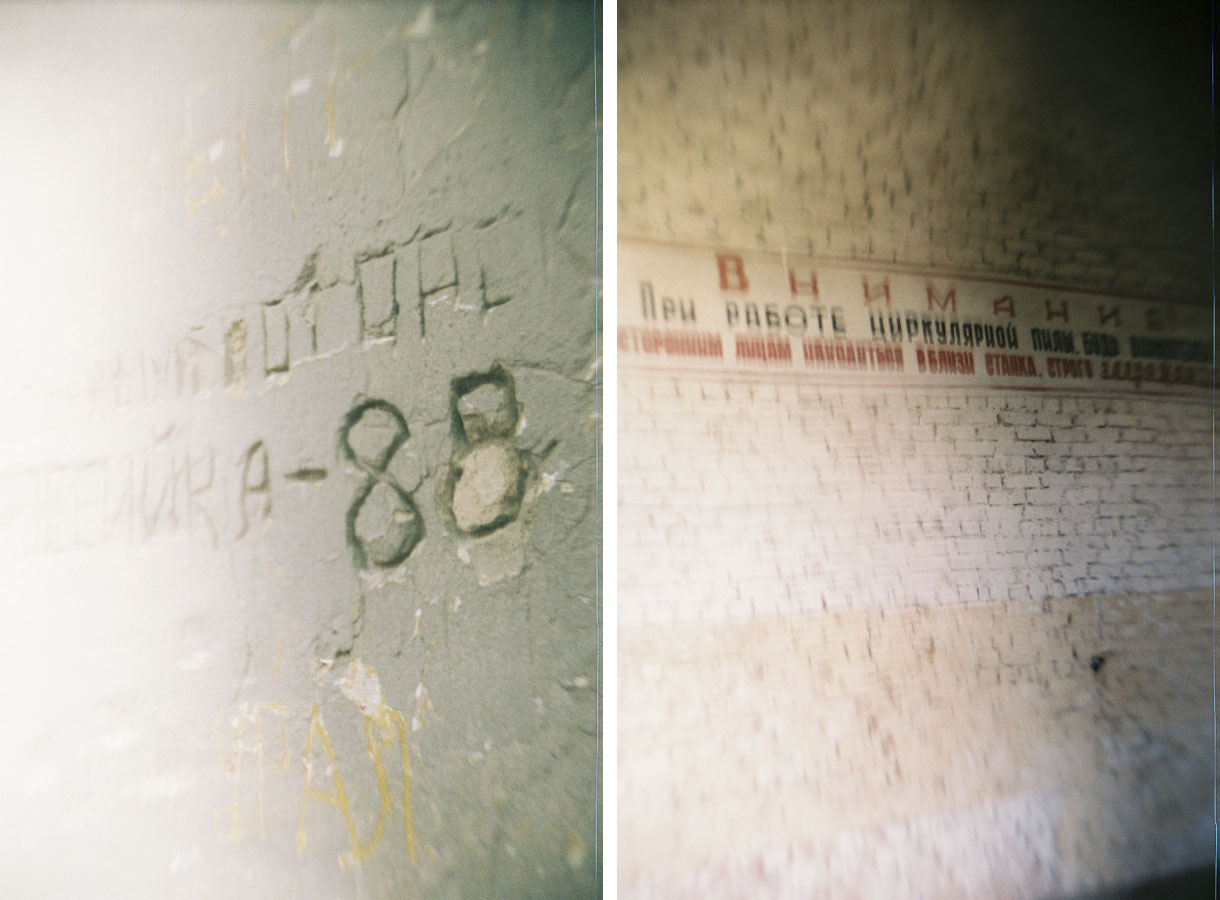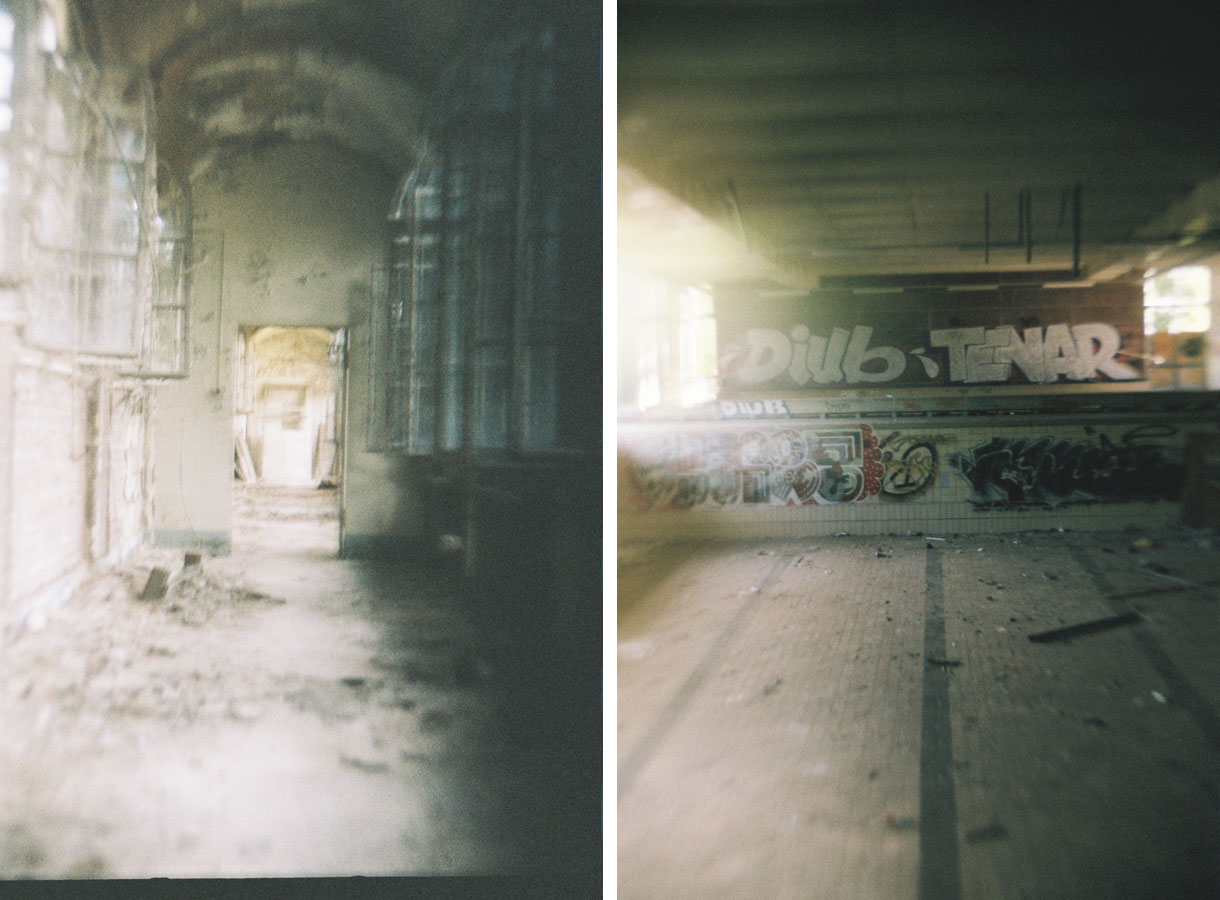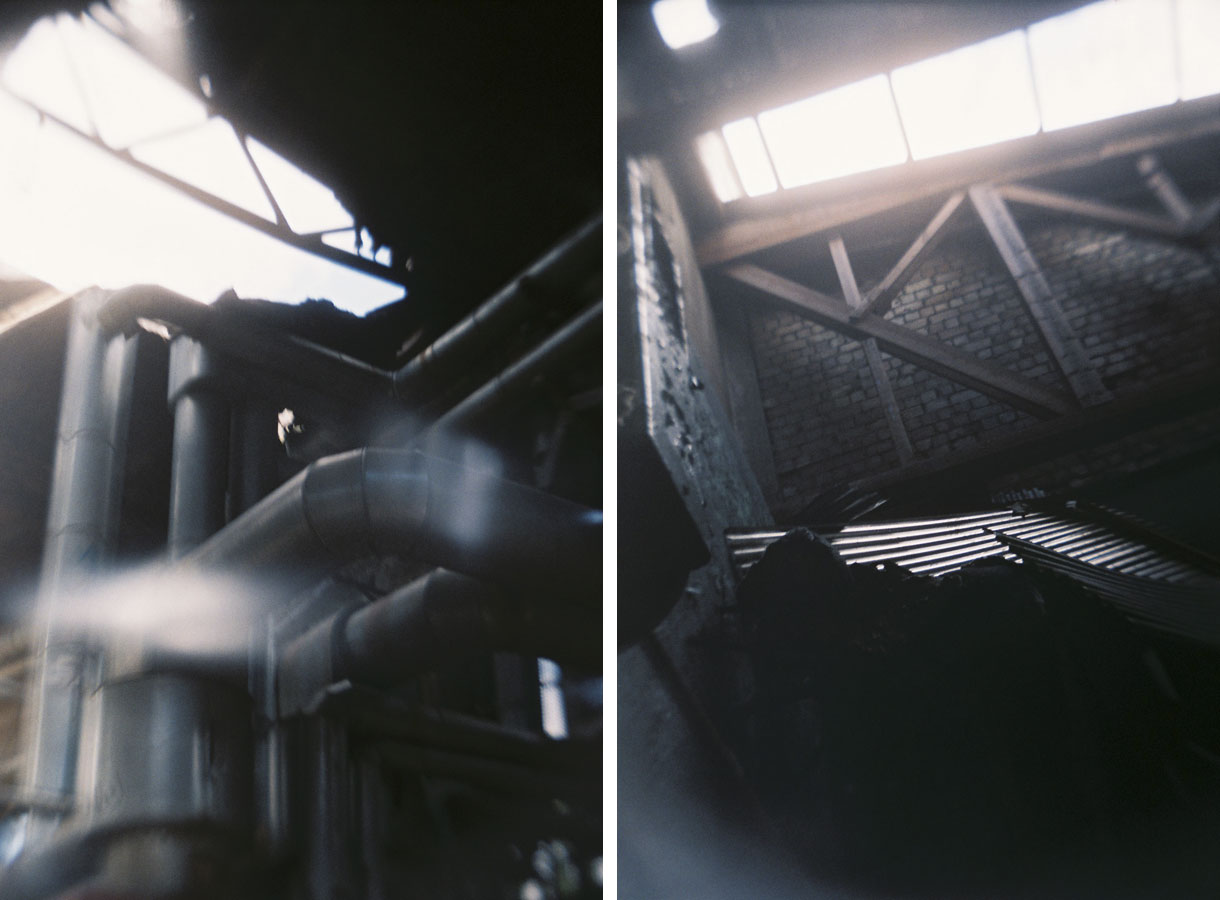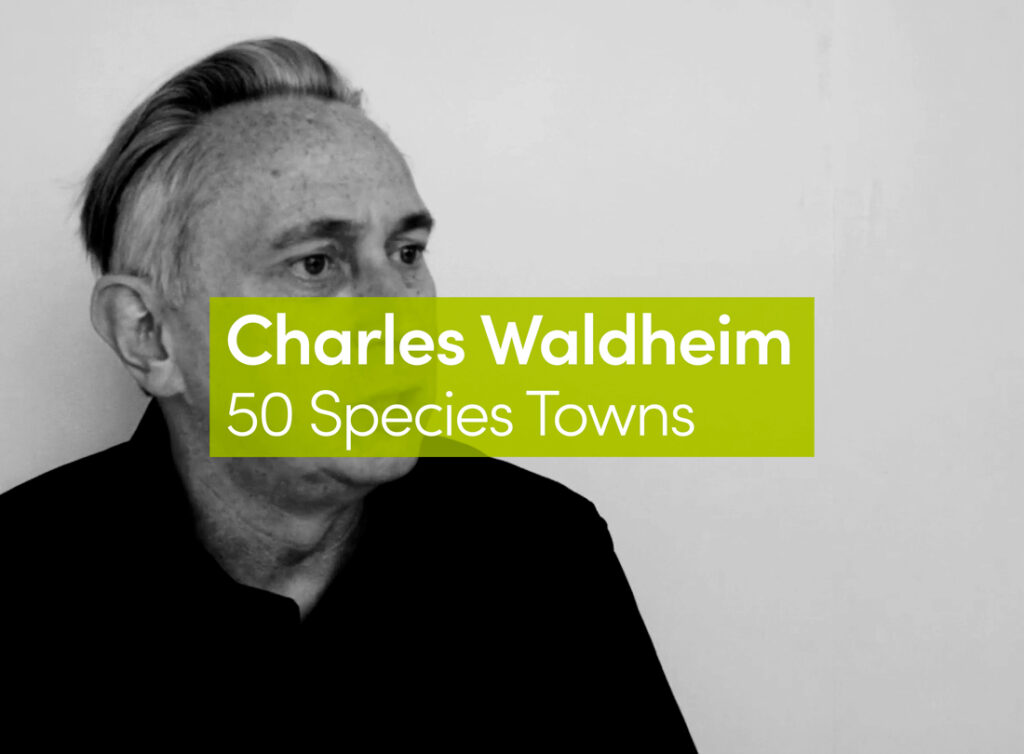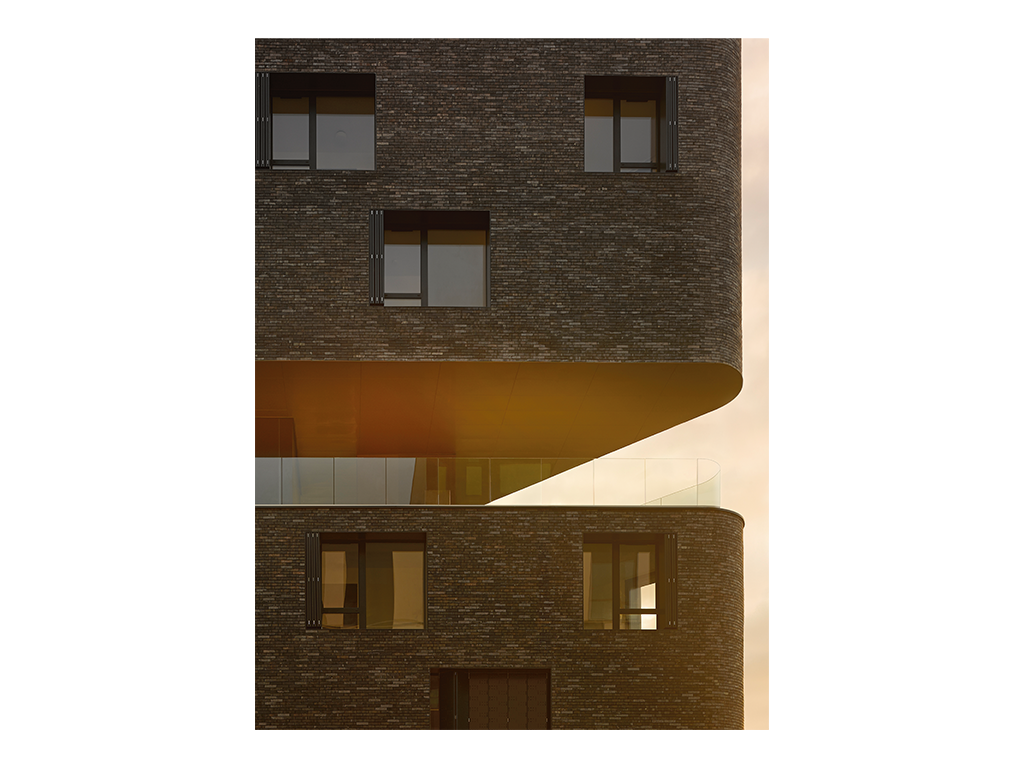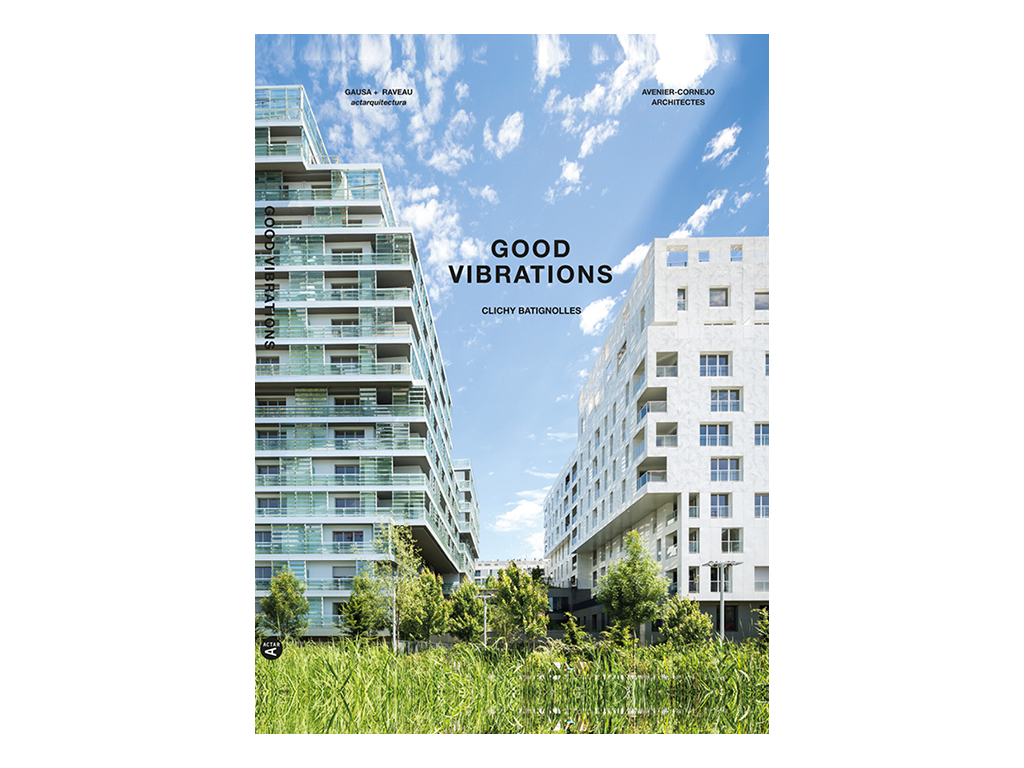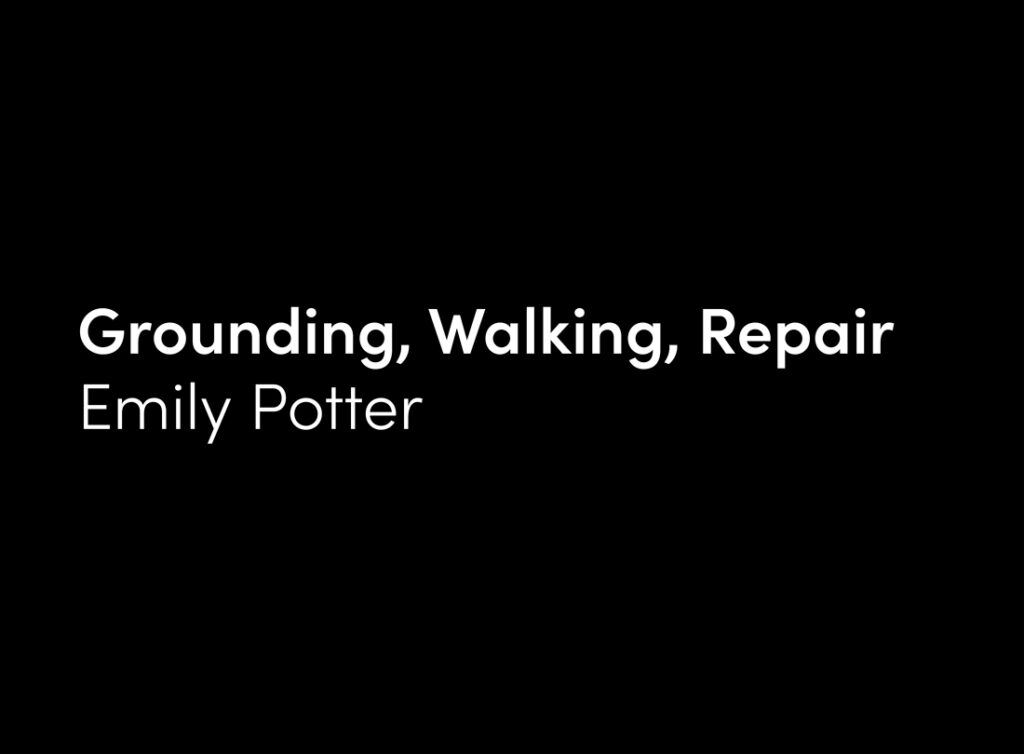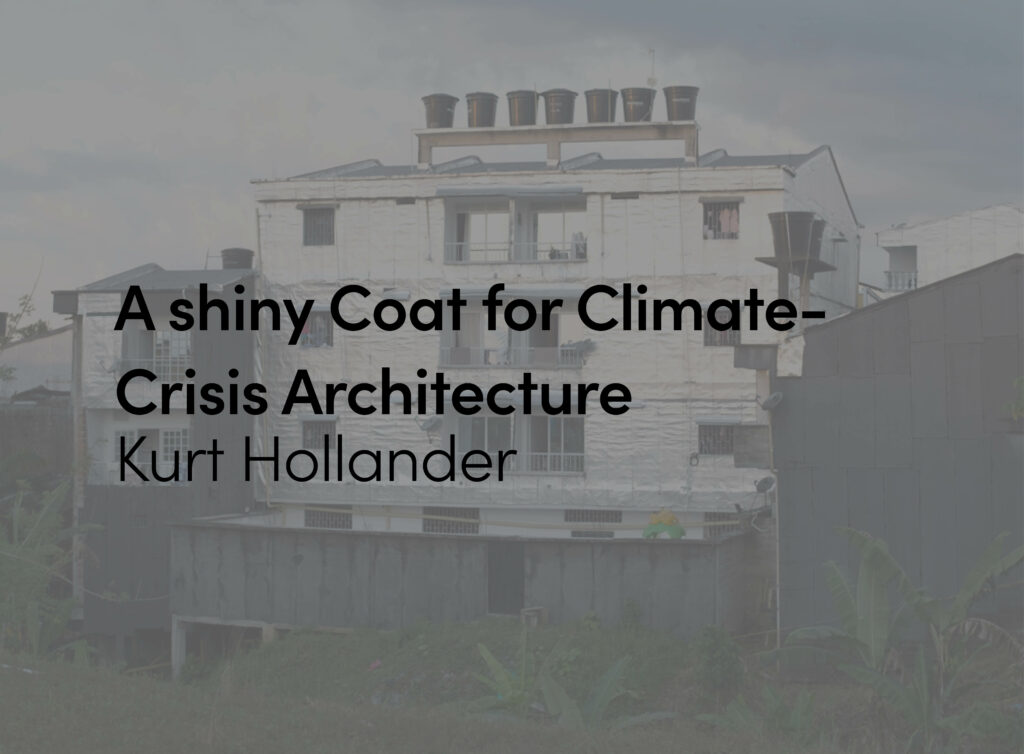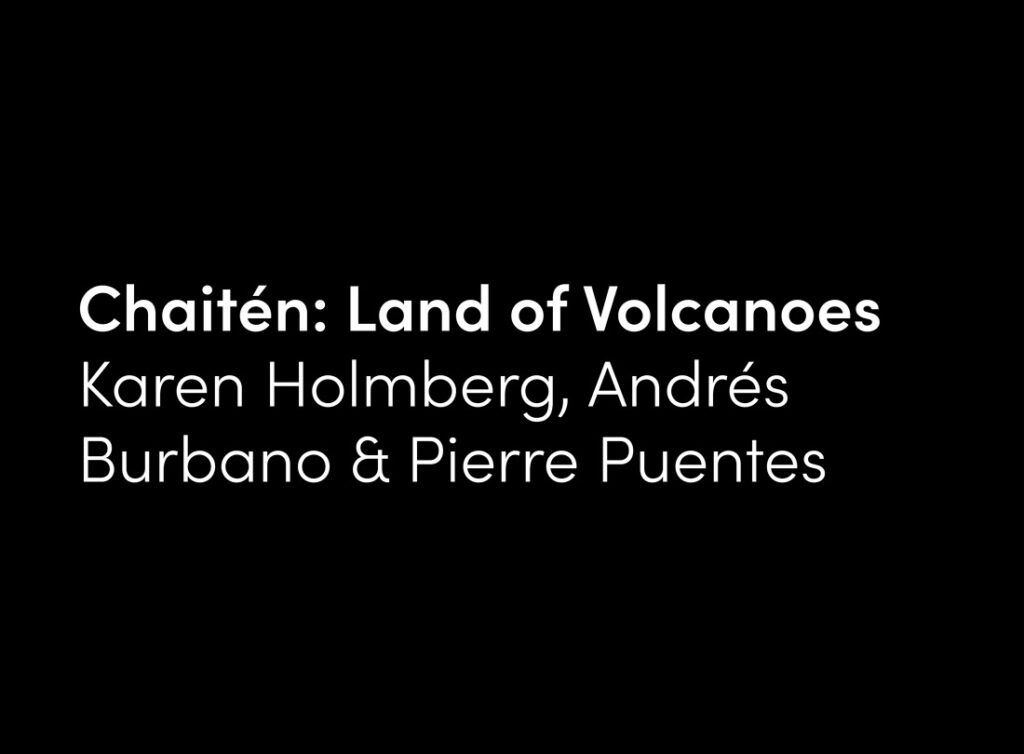You’re more beautiful when you don’t pretend: On Berlin and its abandoned buildings.
A short walk through Berlin should be enough to comprehend that it is not a beautiful city – if we consider beauty in its classical sense. Anyone who visits Berlin expecting to see an outstanding historical centre and monuments everywhere will certainly feel something is missing after the mandatory tours of Museum Island and the Brandenburg Gate. The visitor will be surprised to realize that Alexanderplatz is not as picturesque as Piazza Navona, Friedrichstrasse is not that majestic if one compares it to Galleria Vittorio Emanuele II, and the views from the bank of Spree River include factories and empty spaces, as opposed to how the Seine has shaped the riverside in Paris.
Certainly, Berlin is not expected to compete with Rome, Milan or Paris. It is not that glamorous; it is hard to find elegantly dressed people wandering the streets. But it has a certain style, its own ‘trashy’ style.[1] The countless train stations are like scars that break the continuity of the urban fabric and many of its façades at street level are scribbled with spray paint aiming to be graffiti of questionable taste. Moreover, a whole set of abandoned buildings as a consequence of the historical and political changes that the city underwent over the past decades are also present. Whether we like it or not, all of these things contributed to shaping the humble and unique image of Berlin, which bears no relation to the monumental attributes of the neighbouring European capitals.[2] On the other hand, its population is a synonym of youth, dynamism and alternative culture. Berliners are responsible for the winds of freedom that constantly blow in the city, finding in its derelict architecture the perfect ally with whom to identify.[3] Yet it is not surprising that Berlin is considered to be one of the meccas of subculture, since glam rockers, punks, squatters and the techno scene have also found a place here.
‘Urban exploration’ is a subculture recognized worldwide with a particular interest in abandoned buildings, and the peculiarities of Berlin’s architectural remains make the city a hotspot for the movement. Urban explorers disregard ‘No Trespassing’ signs, driven by the curiosity to see what nobody else is allowed to see. In order to put such places on the map, urban explorers usually take pictures of the interiors of the buildings – an aestheticization of decay that, by rendering it visible, becomes a celebration and a protest at the same time.[4] Urban exploration puts the focus on neglected sites, which, in the case of Berlin, are essential to understanding its uniqueness.
For four months, from April to July 2014, I trespassed – as long as I was physically able to do so, which was usually the case – over 20 abandoned properties in Berlin and its surroundings. In order to register my explorations, I always carried a Recesky Twin-Lens Reflex (TLD) analog camera, using 35mm film. My intention was to capture the atmosphere of these places with a method that is reminiscent of the past, while offering an even more intense image of derelict forgotten heritage. In doing so, I did not expect to promote a sense of beauty by asserting ‘if this is beautiful, it should be recognized as formal heritage’ but rather by positing the question ‘if this is the reality, why is it ignored?’
As a matter of fact, the humility that Berlin breathes through these spaces is in danger. Increasing deterioration has become a trendy marketing factor, where guided tours are taking advantage of abandonment as a tourist attraction that relies on letting places slowly disappear. Moreover, imminent processes of tearing complexes down or accomplishing classical renovations to host new commercial uses, together with the erection of apartments and offices, are leading to critical gentrification stages that are threatening the status quo of the city.[5] The question on the table now is: What do we want Berlin to look like in 15 or 20 years? The institutional thought seems to be evident: Berlin is self-conscious about not having a complete monumental heritage that refers to a more glorious past and, as a counterpoint, it has pursued a process of radical modernization[6] without being hindered by any ‘minor heritage’. Yet, perhaps it is this ‘minor heritage’ that gives a strong character to the city? Is this authenticity not what Berliners aspire to conserve and what visitors hope to discover and experience?
The aim of this work is to claim the right to natural ‘city-making’ processes, detached from the pompousness of official heritage designations. It highlights an image of Berlin which we should not be ashamed of; rather the opposite, we should support its distinctive aesthetics and potential re-appropriation possibilities. It is not a matter of creating a great crusade against change, however, although the work takes a stance against radical and uncontrolled development policies. The intention here is to learn to perceive the peculiar spirit of the city through these spaces which, though they are different, are not necessarily less valuable than any ‘high culture’. By witnessing how the urban exploration scene – through its illegal trespassing, documentation and display of information on the Internet – contributes to safeguarding the peculiar identity of Berlin, it intends to frame all these activities under a perspective of cultural awareness and denunciation: a race against time to create a testimony for the spaces we are afraid to lose.[7] In sum, urban exploration is understood as a way of suggesting coherent re-appropriations of space that can help Berlin continue its process of modernization and adaptation to the present without neglecting the particular identity it has acquired over time. Therefore, the final goal is to point out how Berlin does not need to reinvent itself to be relevant in traditional heritage terms, because its importance already exists. Its attributes are there, and it is only a matter of acting in a responsible manner so Berlin can keep being unique without attempting to look like any other city.
